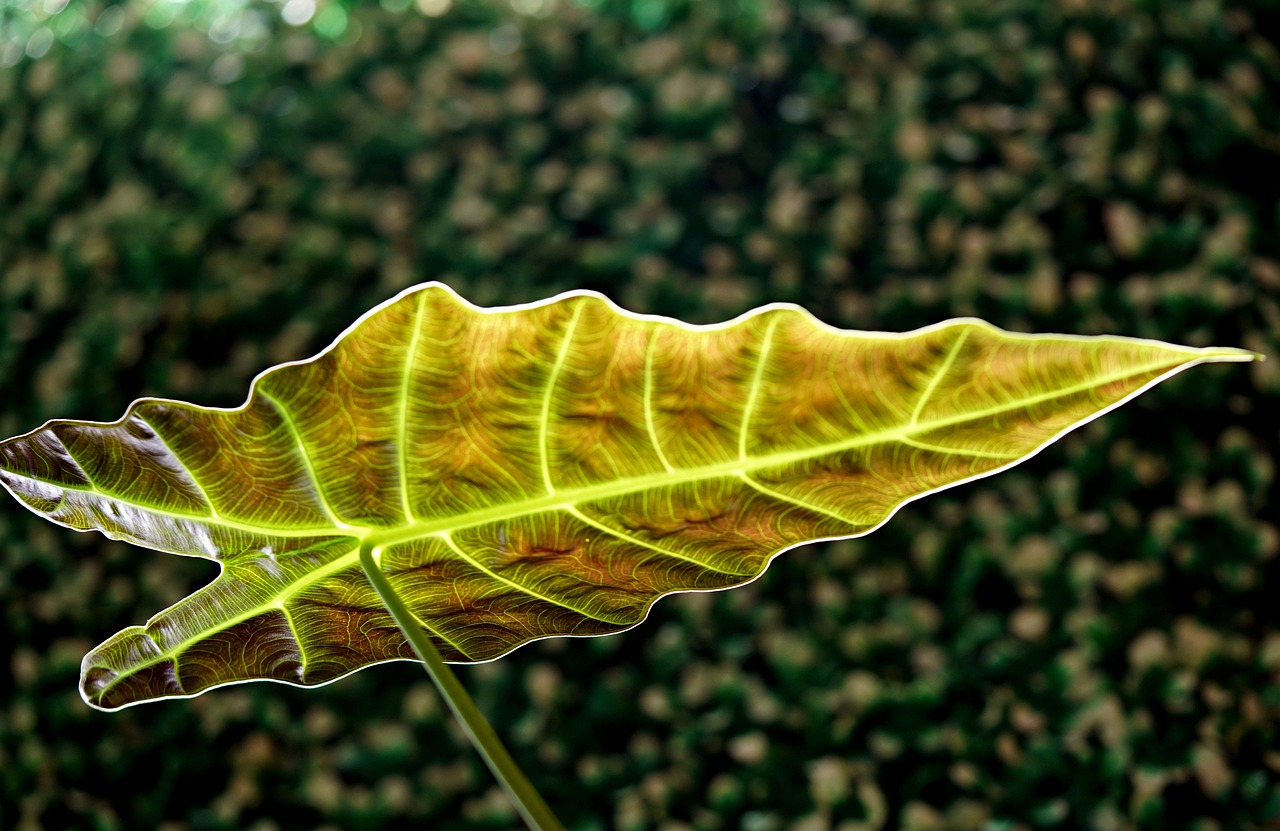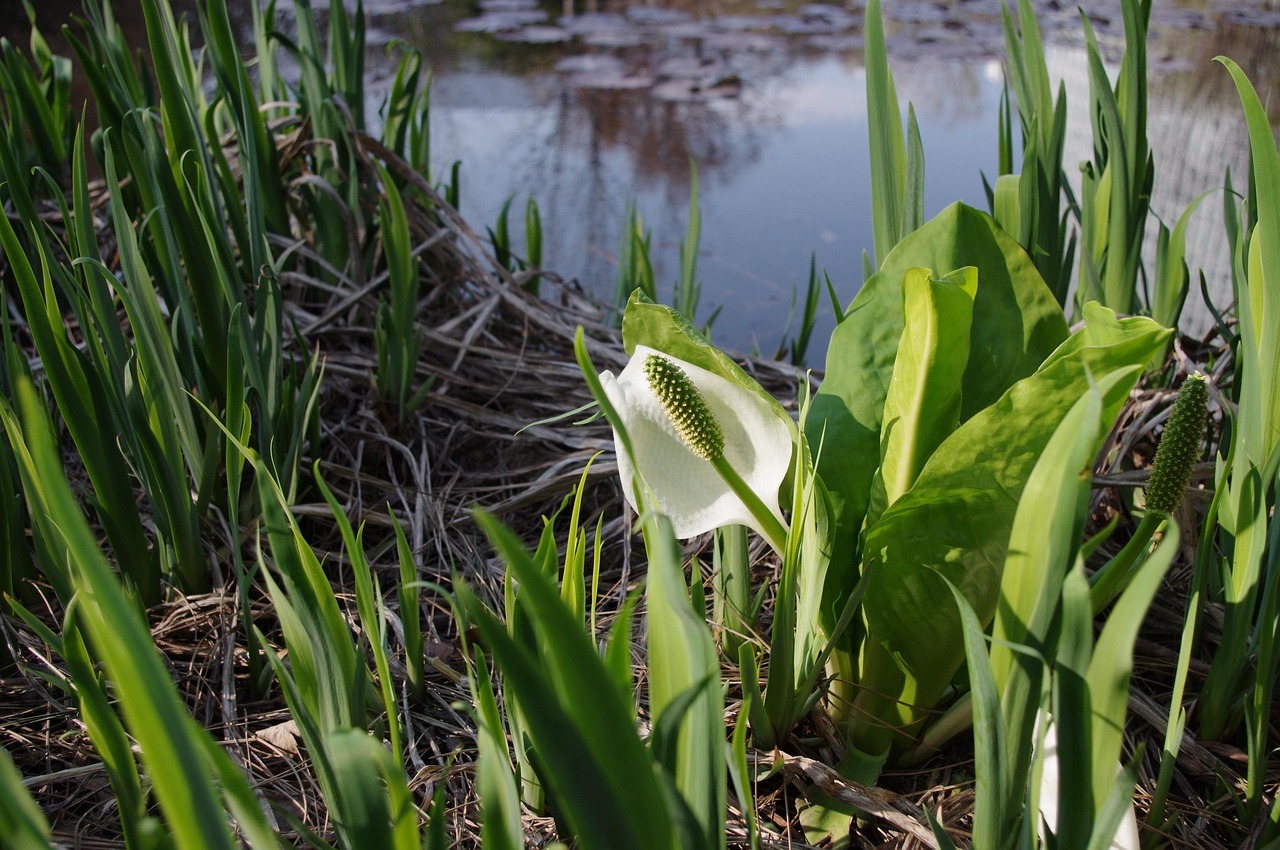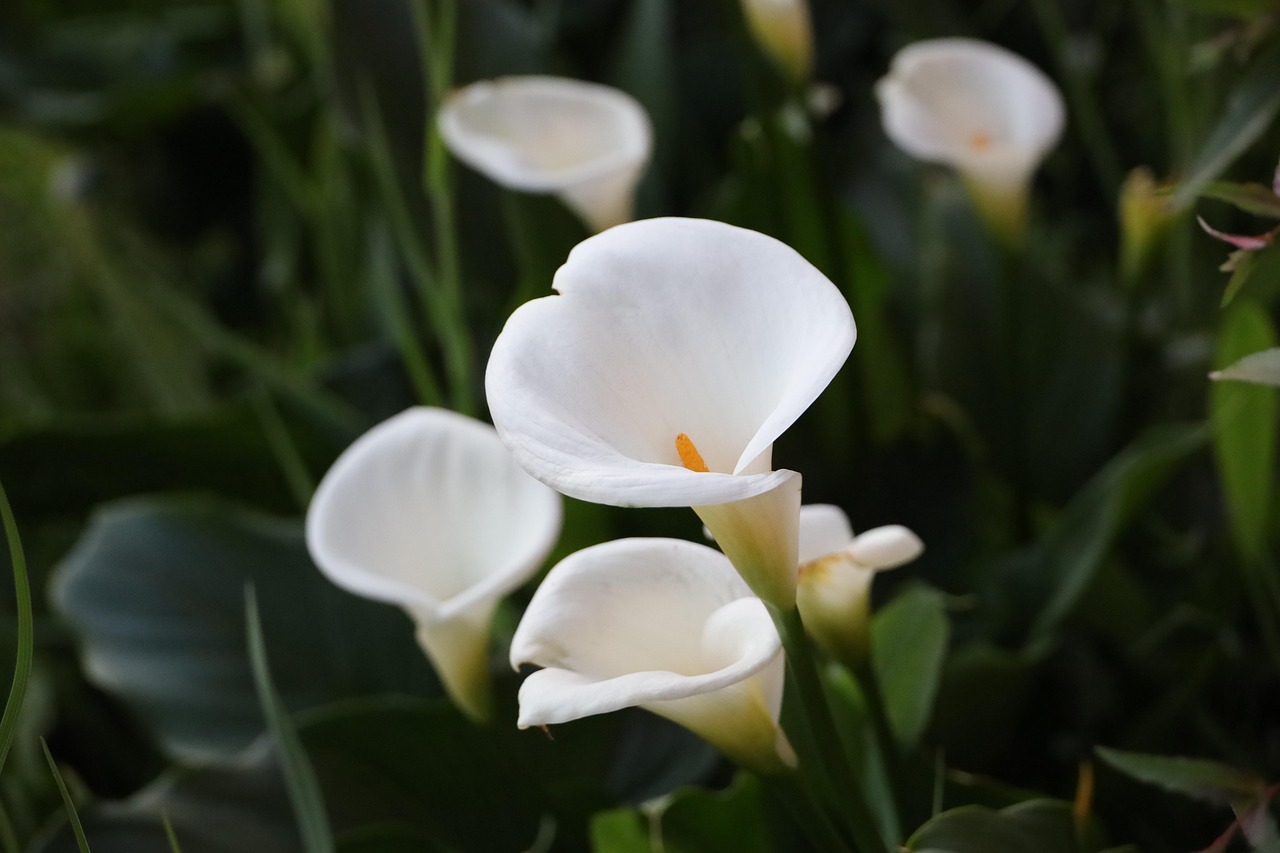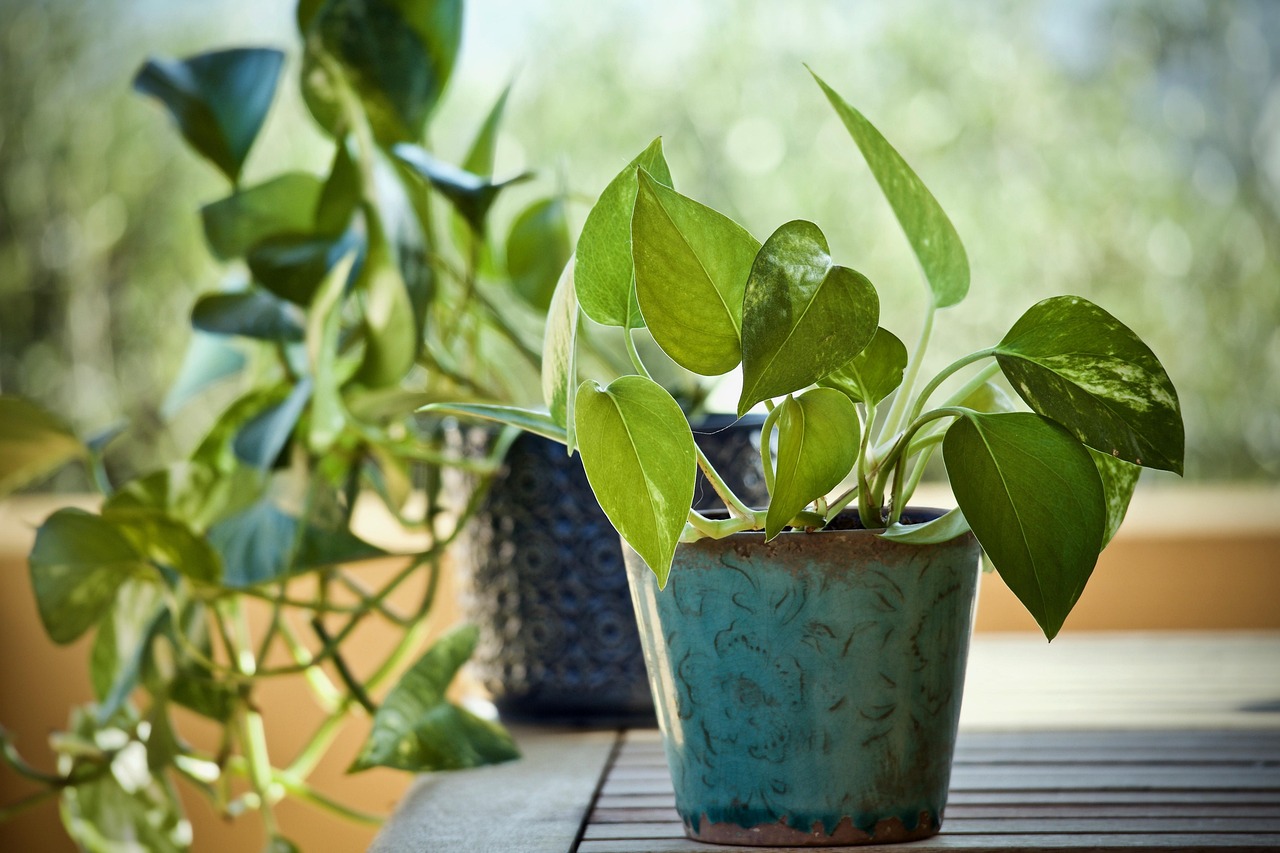Philodendron: Features and Care
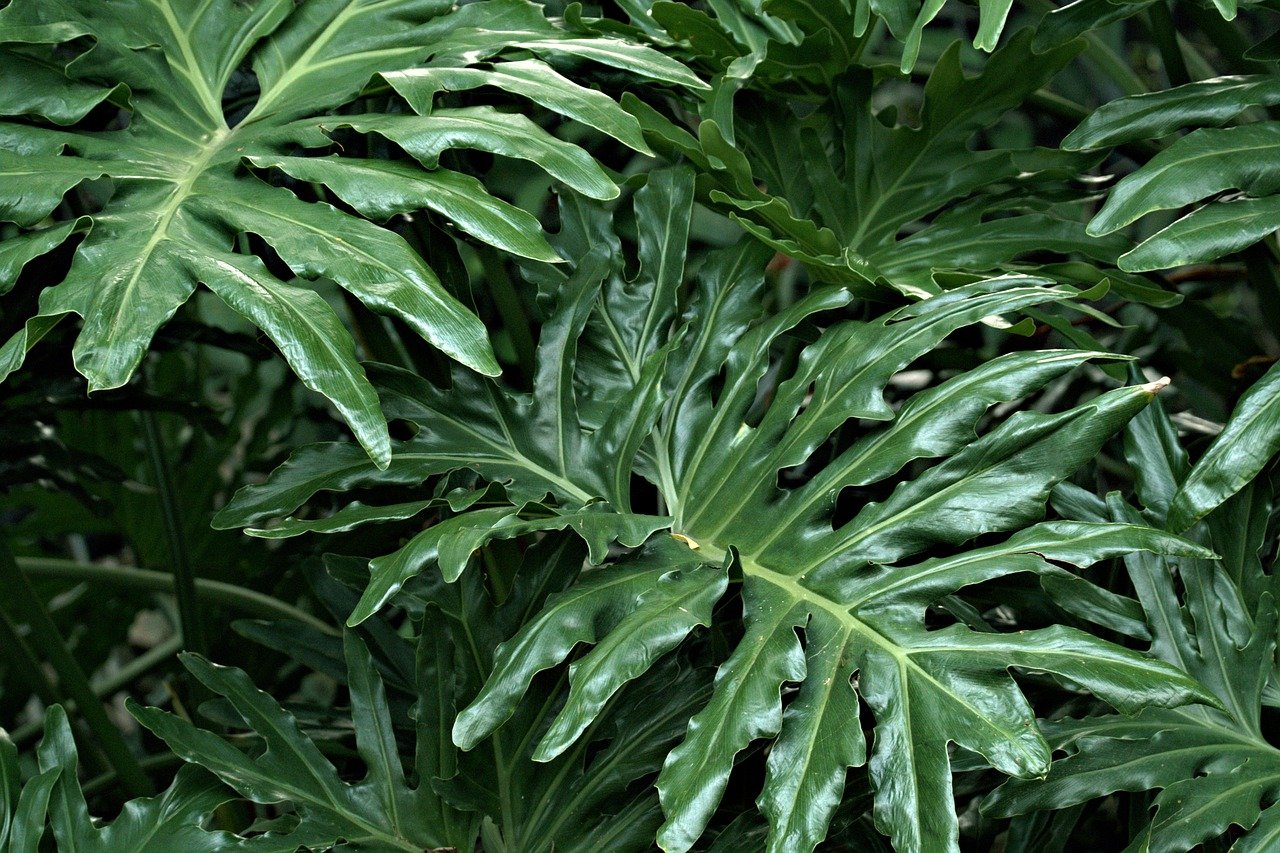
Philodendron is a popular houseplant, prized for its lush foliage and ability to thrive indoors. Its large, striking leaves and resilience make it an ideal choice for home or office greenery.
This article explores the philodendron’s basic features, cultural and historical significance, and care instructions.
Basic Information
- Scientific Name: Philodendron spp.
- Family: Araceae
- Origin: Tropical rainforests of Central and South America
- Appearance:
Philodendron species vary in form, featuring heart-shaped or deeply lobed leaves. It includes climbing and upright varieties, both valued for their decorative appeal. - Blooming Season:
While primarily grown for its foliage, philodendron may produce small, spathe-covered flowers in spring or summer under optimal conditions, though this is rare in home environments.
Cultural Significance Around the World
Philodendron gained popularity in the Western world as an indoor plant, especially during the Victorian era, when it adorned homes and greenhouses to bring a tropical touch indoors. Today, it features prominently in urban interiors and eco-friendly designs, including green walls.
In parts of Central and South America, philodendrons symbolize the abundance of nature and are commonly used in public gardens and landscaping projects.
Historical Background
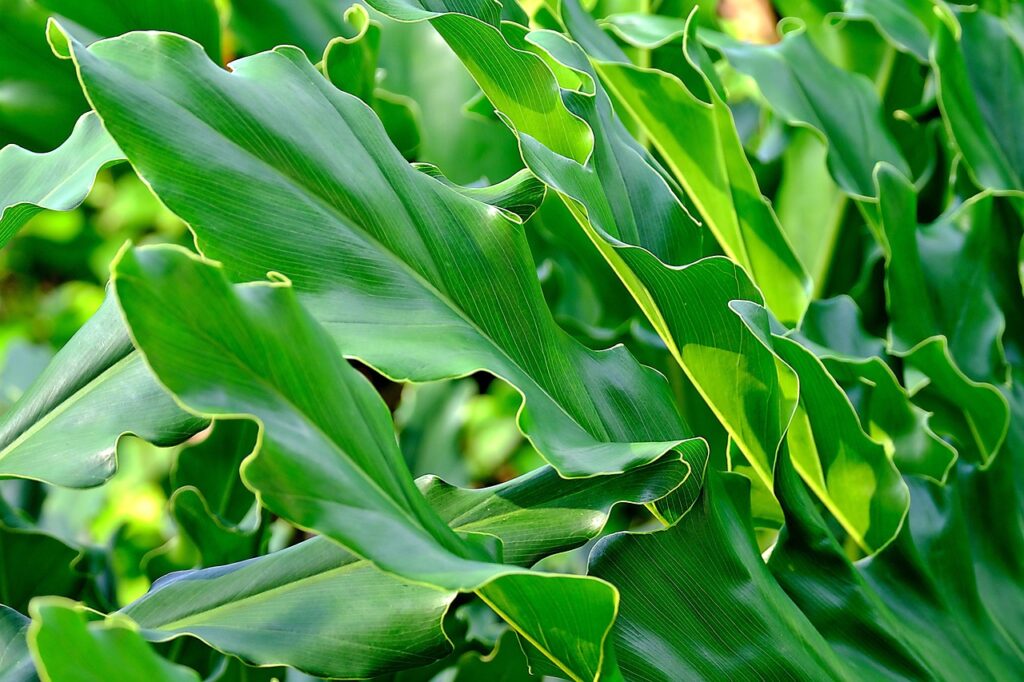
Philodendron was introduced to Europe in the 18th century. Botanists were captivated by its unique foliage and climbing habit. Its name, derived from the Greek words “philo” (love) and “dendron” (tree), refers to its growth pattern, clinging to supports as it climbs.
By the 19th century, philodendron became a symbol of exotic beauty in European conservatories, prized by the aristocracy. Improved transportation later made it accessible to a wider audience, solidifying its popularity worldwide.
Gardening Advice
Philodendron is low-maintenance but thrives with proper care. Follow these tips:
Light
Prefers bright, indirect light but tolerates low-light conditions. Avoid direct sunlight to prevent leaf scorch.
Watering
Water thoroughly when the topsoil feels dry. Avoid overwatering, as it can lead to root rot. Reduce watering in winter.
Soil
Use well-draining soil. Mix potting soil with perlite or bark chips for best results.
Fertilizer
Feed every 2–4 weeks during the growing season (spring and summer) with liquid fertilizer. Avoid fertilizing in winter.
Humidity
Thrives in high humidity. Mist the leaves or use a humidifier in dry conditions.
Pruning
Trim overgrown vines and remove old leaves to maintain shape and encourage growth.
Repotting
Repot every 1–2 years to prevent rootbound conditions, choosing a slightly larger container.
Conclusion
Philodendron combines tropical charm with easy care, making it an excellent addition to any indoor space. With a variety of forms and sizes, it serves as a versatile decor element.
Proper care ensures a thriving, vibrant plant, bringing a touch of lush greenery to your living environment.

